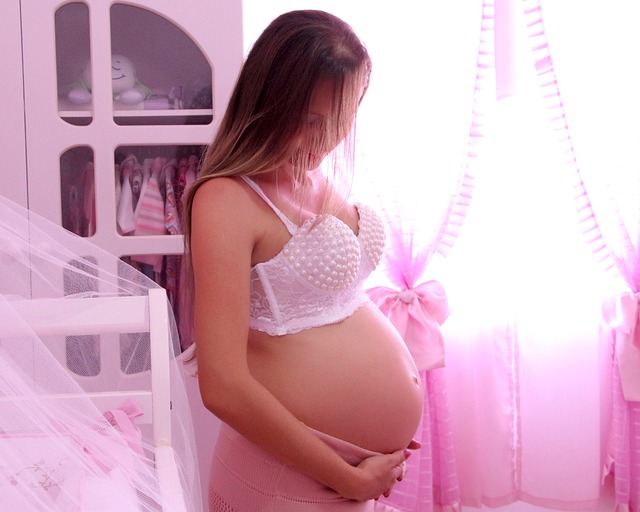The journey of motherhood can be filled with unexpected challenges. After an arduous labor experience that involved two unsuccessful inductions, several hours of pushing, and ultimately a Caesarean section, I found myself in a daze during the initial hours of my baby’s life. Amidst the whirlwind, the pediatrician entered and delivered news that would change our course: “Your baby has hip dysplasia and will need a Pavlik harness.”
Caught off guard and uncertain of what this diagnosis entailed, I quickly learned that this condition was far from uncommon. Here’s what I wish I had known at that moment.
1. You’re Not Alone
The prevalence of hip instability at birth ranges significantly, from 1.6 to 28.5 per 1,000 infants. However, a comprehensive analysis indicates that persistent hip dysplasia occurs in about 1.3 per 1,000 births. Considering the number of infants born each week, it’s likely that other families are navigating similar paths.
2. It Can Be Corrected
One reassuring fact is that hip dysplasia is generally correctable and not life-threatening. My partner and I often reminded ourselves that while it was unfortunate our daughter needed a brace, it didn’t impact her vital organs. Our hearts go out to families facing life-threatening conditions, which puts our challenges into perspective.
3. Emotional Responses Are Valid
It’s natural to feel sadness when faced with an unexpected diagnosis. Mourning the loss of plans—like needing a different car seat or adjusting your baby’s wardrobe—is completely normal. Acknowledge your feelings; it’s okay to cry.
4. Babies Adapt
Your baby is resilient and will adjust to their circumstances. They don’t know any different, so focus on creating a nurturing environment. Your support is crucial in this adaptation process.
5. Invest in Baby Leg Warmers
Upon receiving the diagnosis, we quickly stocked up on leg warmers and knee socks. These not only complete outfits and keep your baby warm, but they also help draw attention away from the brace.
6. Breastfeeding Is Possible
Contrary to some misconceptions, breastfeeding while using a Pavlik harness is entirely feasible. With guidance from lactation consultants, I was able to continue nursing without any issues, which was a relief!
7. Mobility Will Continue
Don’t compare your baby’s milestones with others. While it may seem like some babies are achieving more, your child will roll over, crawl, and walk in their own time. Remember, resilience is part of their nature.
8. Increased Stability
Unlike some newborns who are difficult to hold, the support from the Pavlik harness provides your baby with added stability. This can bring peace of mind when it’s time to play!
9. Brace Variations Exist
It’s essential to understand that the journey with hip dysplasia varies for each child. Some may progress quickly with a Pavlik harness, while others might transition to a more robust brace, like the Rhino Cruiser. Familiarize yourself with the potential for different outcomes.
10. It’s Temporary
Ultimately, hip dysplasia is not a lifelong diagnosis. While it may feel overwhelming now, your child will not face long-term repercussions like needing a hip replacement in adulthood. They can still pursue their dreams, whether in sports or the arts.
For those seeking further guidance on pregnancy, including insights on artificial insemination, check out this excellent resource. And if you’re looking to enhance your fertility journey, consider exploring fertility supplements.
In summary, while receiving a diagnosis of hip dysplasia can initially feel daunting, it’s essential to understand that you’re not alone and that the condition is correctable. Emotional reactions are valid, and adapting to new circumstances takes time. Equip yourself with the right resources and support, and remember that this phase is temporary.
Keyphrase: hip dysplasia in infants
Tags: [“home insemination kit”, “home insemination syringe”, “self insemination”]
